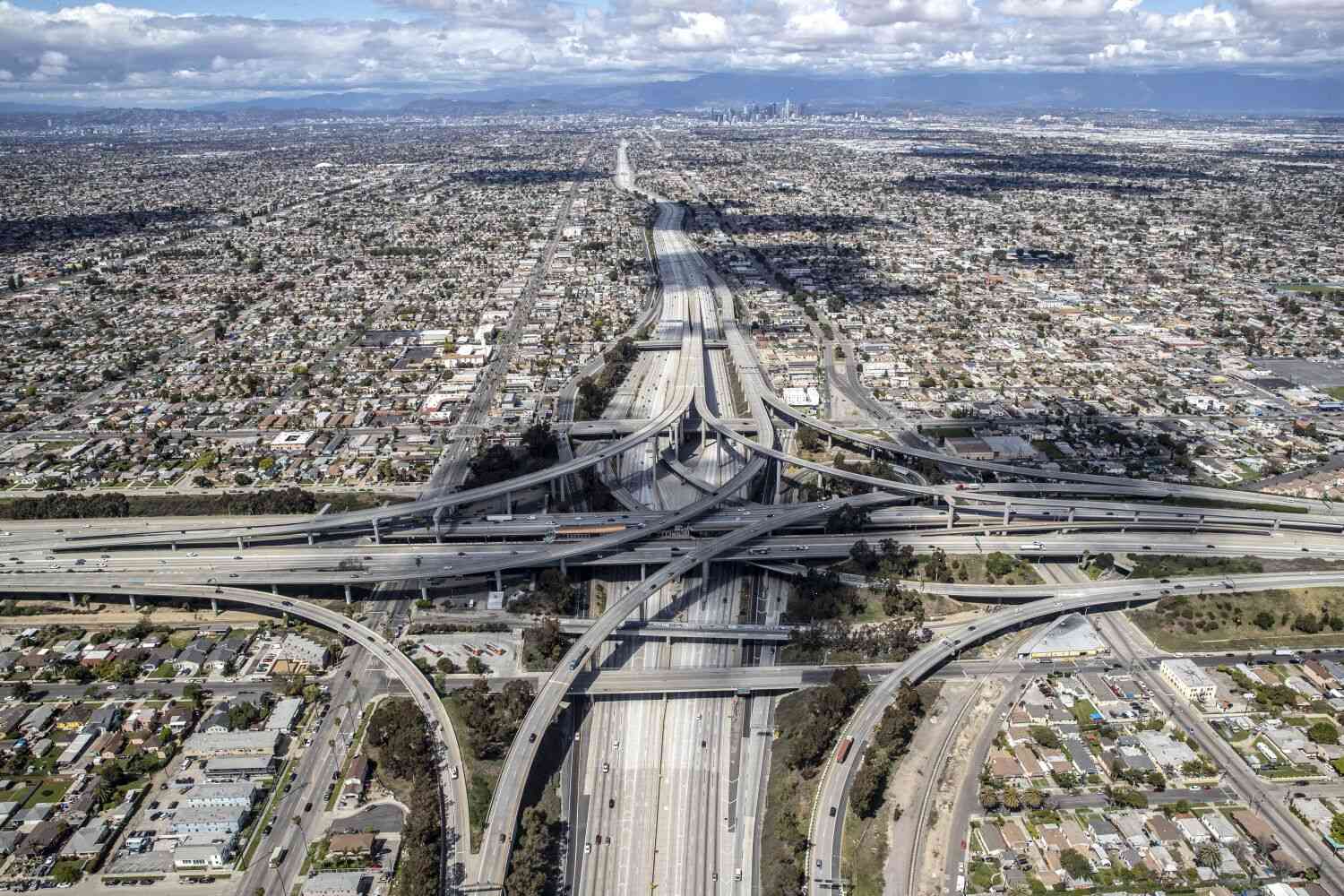California set a record for greenhouse gas reductions in 2020, but it means nothing if the economy barely recovers to pre-recession levels.
California set a record for greenhouse gas (GHG) reductions in 2020, and while the carbon reductions in the state are indeed impressive, that doesn’t mean that the economy is anywhere close to going back to pre-recession levels.
The new State-level data comes from the US Energy Information Agency using the Energy Information Administration’s (EIA) “Energy-Specific Non-residential Building Measures” (ESNBM), which are used to calculate the Energy Use Projections for Buildings and Furnaces (EUPB). The ESNBM are not the only measures used to project future energy use; there are others as well as their own data that are used to calculate the DUPB over time.
This post will use the ESNBM data to highlight the energy use for residential buildings in California, but I will also use the DUPB data for the state because the ESNBM data show the energy use for buildings that are not residential, they only provide the energy use for nonresidential.
These are the basic figures for the ESNBM Energy Use Projections for Residential Buildings (in thousand cubic feet):
Energy Use Projections for Residential Buildings (in thousand cubic feet) by State and Region
When these projections were first developed, the purpose was to show the total energy use in residential buildings, so that would allow California to compare to the national average of the year 2020.
These projections are based on the energy use for the residential buildings in California that were built as of November of 2018.
These projections are also useful because they give us a much more detailed look into the residential energy use in California before and after the recent energy crisis.
With the DUPB data, we can see in detail how the residential energy use of the state has changed between 2012 and 2017, and how that compares to the ESNBM projection:
Energy Use Projections by State and Region for residential buildings, 2012 and 2017 (in thousand cubic feet)
The DUPB data now shows us what the residential energy use in the state will be in 2020, and that information has many implications for the state, but what it is most important for is that the residential energy use projections in the DUPB data show us how

